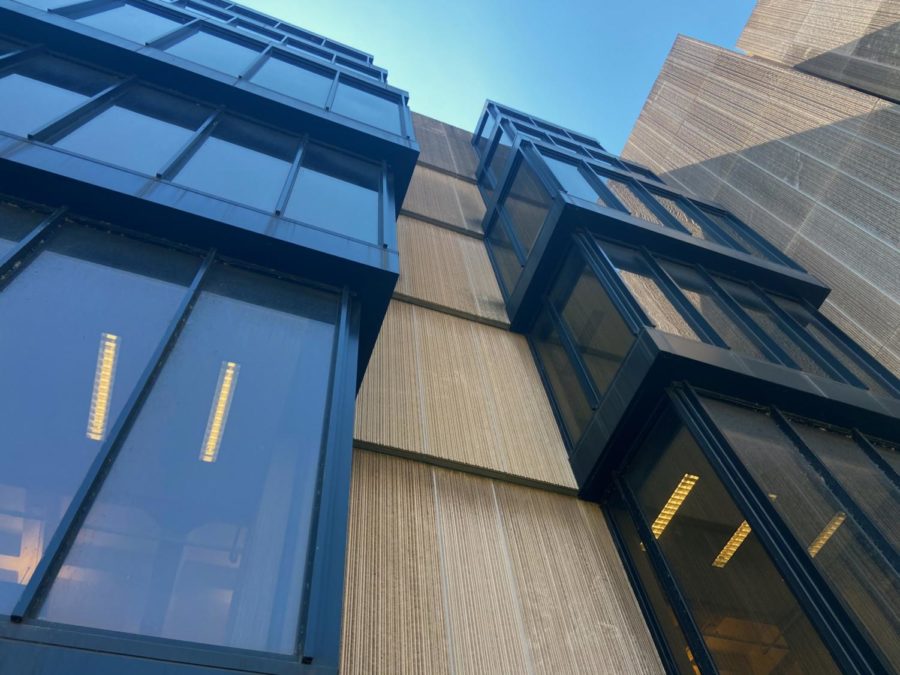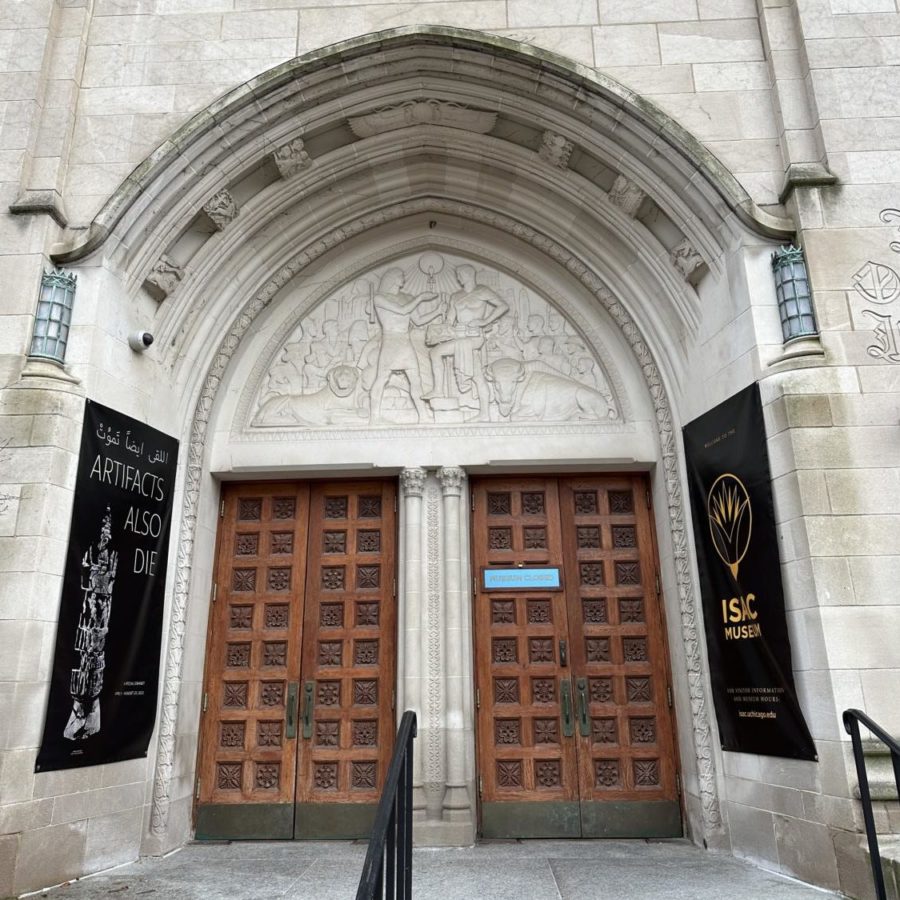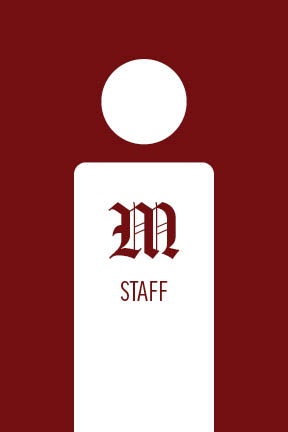Note: This article is satirical in nature and was published for April Fools' Day.
As spring quarter starts up and campus buildings open their doors once more, one opening in particular begs closer attention. The Mansueto Library has been a work in progress for over three years, and in the coming weeks students will finally be able to use it. With underground storage that will expand the University’s book collection by 3.5 million volumes, a state-of-the-art automated storage and retrieval system, and a glass dome that will allow indoor sunbathing while studying, the library will be a welcome addition to campus. The University should take Mansueto’s completion as an opportunity to expand the library system further with another cutting-edge project.
Currently, our library system barely breaks the top 10 on the list of largest academic libraries with nearly 9 million volumes. With Mansueto’s addition, we could be neck-and-neck with Yale University for third place, with University of Illinois at Urbana-Champaign and Harvard University topping the list. The only thing that this demonstrates is that we can do better. There’s no reason why the U of C, touted as one of the most scholarly and bookish universities in the nation, should be bested in its own state. A new library will solidify the University’s image by following Mansueto’s precedent.
Although introducing a new library project on the coattails of another seems redundant, the University can build upon the ingenuity of Mansueto by introducing a completely new type of library. Just as Mansueto Library is pioneering a robotic book retrieval system, a new library could one-up it by creating a digital retrieval system. A library devoted to e-books, for instance, would be at the forefront of modern cataloguing and would make the U of C’s name synonymous with the future of text.
To make the project distinct from Mansueto, it could be a subject-specific library. Our campus currently has five libraries: Crerar (science), D’Angelo (law), Eckhart (math), SSA (social work), and the Regenstein/Mansueto monolith. This unequal distribution minimizes some of the University’s most famous academic areas. The fact that the U of C doesn’t have a library devoted to economics is perverse and baffling. A new library should be constructed to recognize the University’s contributions to the field.
The argument can be made that there isn’t enough space to build a new library, but these concerns rest on faulty foundations. The entire east side of the main quadrangle is completely vacant, and awaits an addition to reflect the Administration Building’s beauty. Another possibility is the Midway Plaisance, which is completely underdeveloped (although the Midway Crossings Project was a good start). Other buildings on campus wouldn’t be missed if they were torn down, especially for the creation of a new, state-of-the-art economics e-books library. Honestly, would anybody even notice Cobb was gone?
A new University library to complement the new University library would be one of the best developmental decisions the U of C could make. Besides boosting the library system’s ranking past the University of Illinois at Urbana-Champaign’s, a Milton Friedman Library for Research in Economics would solidify the University’s standing in a field that it has contributed so much to already. By building a new library centered around the e-book, the University would start a new chapter in book storage innovation.
The Editorial Board consists of the Editor-in-Chief, Viewpoints Editors, one other editorial board member, and the spirit of capitalism.










